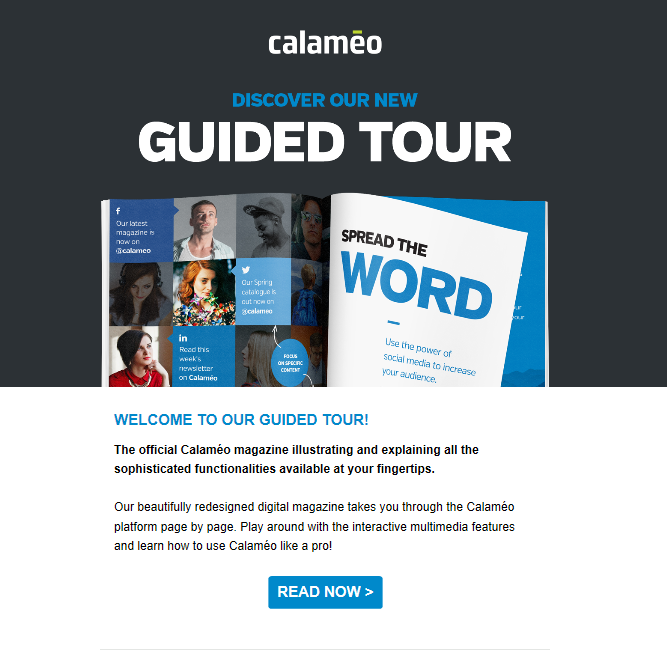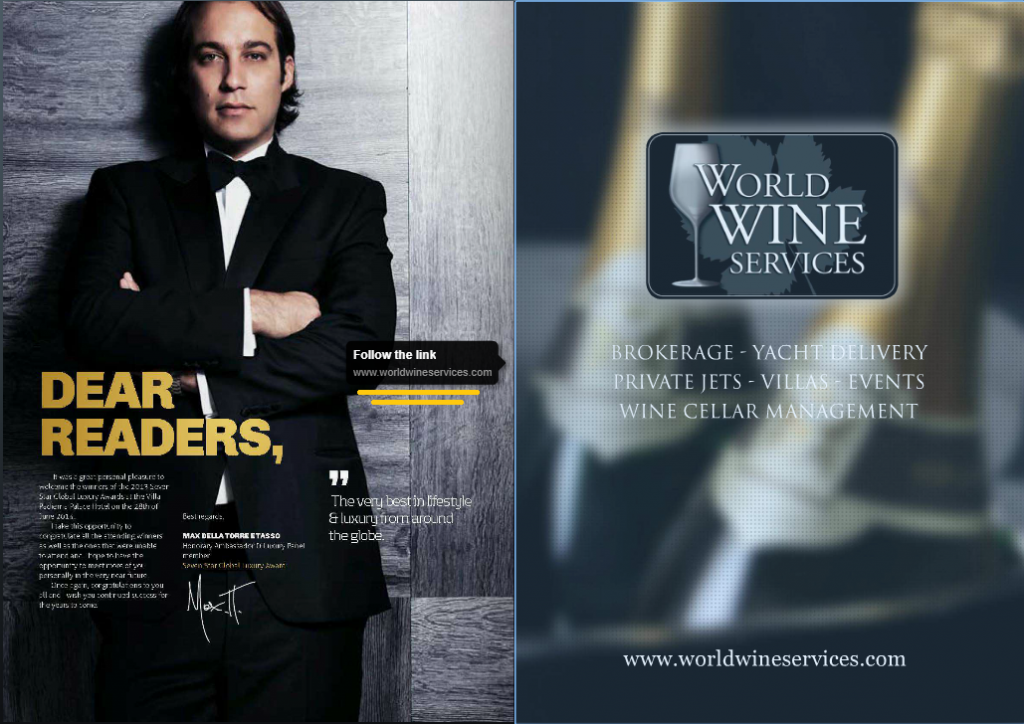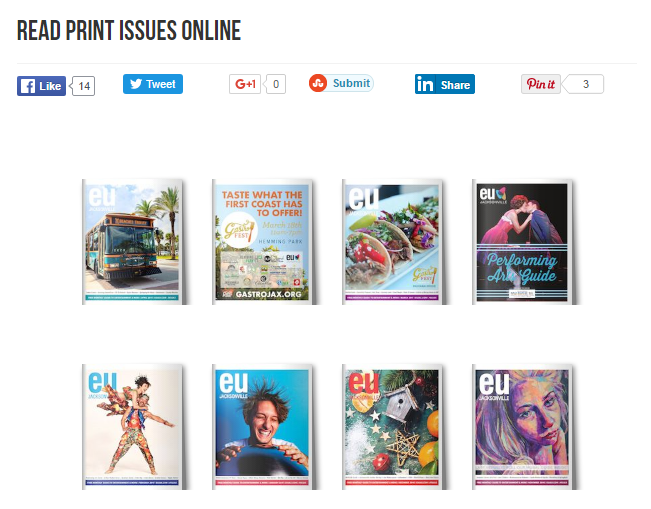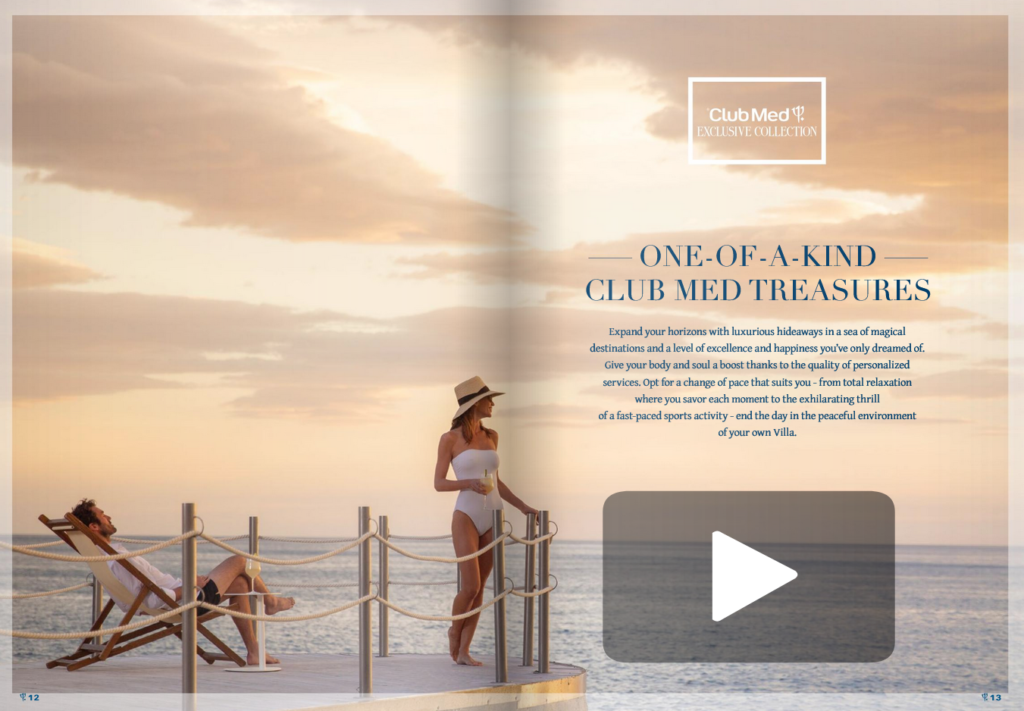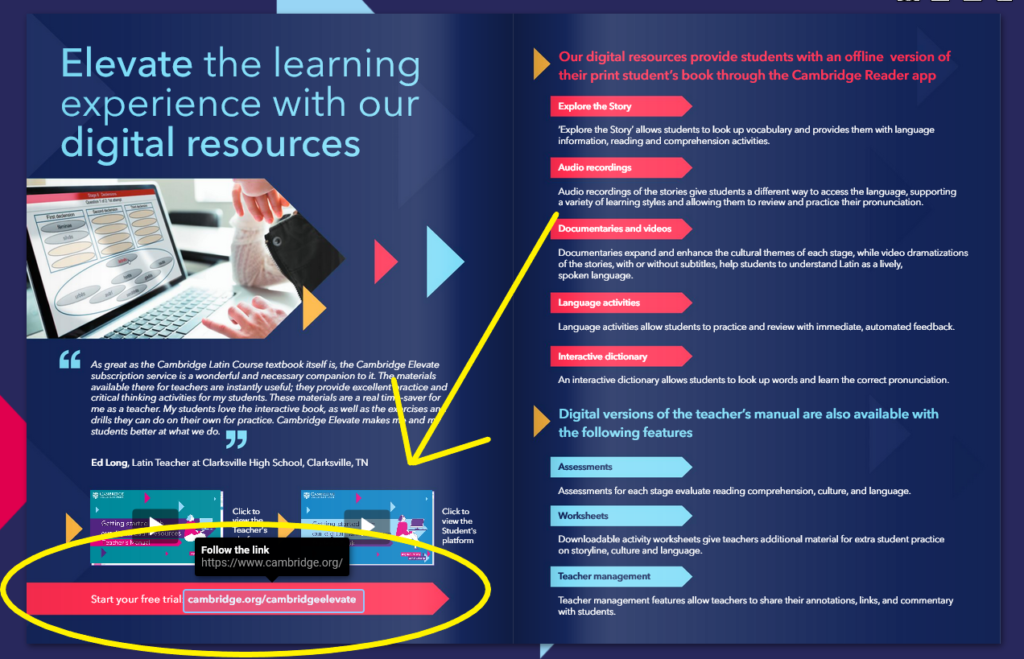By now, the advantages of digital communications are obvious to almost everyone. Thanks to tools like email, online publishing and social media, it’s fast and easy to get your message out there. In fact, the explosive growth of digital channels is overtaking traditional ways of doing things. From meetings to marketing, online options are on top.
However, there are also some disadvantages to common forms of digital communication. For example, they often rely heavily on text. And while text-heavy formats like email are efficient, they aren’t as good at creating trust and engagement in their audience. According to media richness theory, contextual elements enhance those features and improve the quality of communication.
In other words, considering when to use enriched media can have big benefits for your digital communication. But how exactly can you create richer documents to engage your readers? Our guide has three great ideas to get you started.
Step 1: Interactivity
To take advantage of rich media in your communications, interactivity is the most important value. Don’t be fooled by its sometimes gimmicky history! Today, interactive features encourage distracted Internet users to go beyond skimming. Instead of passive scrolling, digital publications require readers to stop, think and click through for active browsing.
Even the pageflip effect helps to enrich your communications, via the concept of skeuomorphic design. Unlike the flat design style, skeuomorphism incorporates shapes and textures from real objects in digital interfaces. Because they’re more detailed than flat buttons and grids, skeuomorphic elements catch your eye. The interactive interface of an online publication can make your message stand out—and engage your audience’s attention.
Of course, you can add many other interactive features to your digital publications. For instance, external links let your readers follow up on CTAs in one click. But to get the most out of enriched media, you’ll need to consider including audio and video alongside images and text.

Step 2: Audio
Compared to written communication, it’s not hard to understand why audio is a “richer” format. Think of all the things that a phone call has versus an email: the speaker’s pauses, hesitations, laughs and above all, the tone of voice. These signals let the person listening to interpret and process the message better than with just the words.
Luckily, digital tools have made audio content extremely easy to produce and integrate into your communications. To record a voice clip or podcast, all you need is a microphone and simple editing software. Once you’re happy with the sound, upload the file to a hosting platform like SoundCloud. Then, add it to your online publication for readers to click and play.
If you’re wondering what kind of audio content to include, don’t be afraid to get creative. You can boost the impact of any message by providing an audio version. For example, try having your company president record her message to shareholders inside your annual report. Or explore the conversational side of audio and integrate a podcast into your digital publication. Since users can’t get enough audio, the possibilities are endless!

Step 3: Video
Although audio is booming, there’s one great reason to choose video to enrich your communications. That’s because in media richness theory, video is the top option. In addition to audio signals, video gives your audience visual information like movement and body language. In digital terms, video communication comes as close as possible to the engagement of a real-life experience.
Unfortunately, the infamous “pivot to video” convinced many businesses that video was too expensive an investment. And indeed, high-quality video content does take time and resources to produce. But that doesn’t mean your online communications strategy should write off video. Instead, think again about the kinds of video you can prioritize.
Three simple but extremely effective ideas include product demonstrations, tutorials and calls to action. All of these make the most out of video’s strongest features to enrich your digital publications: visual action and human presence. When your audience watches another person ask them to sign up, or show them how to, they can connect more deeply with the message.

To sum it up, media richness theory has a lot to tell us about how to communicate with audiences online. Used wisely, enriched media like digital publications can be a powerful tool for creating memorable content and developing audience relationships.
And if you want to see for yourself, why not request your two-week demo of our PLATINUM plan? You’ll enjoy access to all the professional enrichment features of Calaméo’s digital publishing solution—absolutely free.




